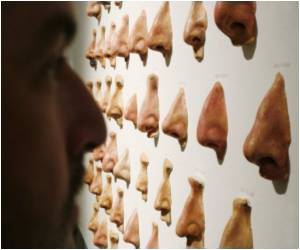
The Perspectives series provides a comprehensive summary of what is currently understood about the mechanisms of information processing in multiple mammalian sensory systems. Such a comparative approach across systems provides insight into the common strategies that might be used by researchers to quantify and characterize that information.
In the Perspective series, Schwartz and Rieke discuss the visual system, where the physiological mechanisms of sensory encoding have been most investigated; Bautista and Lumpkin focus on the cells and molecules that mediate light touch in the periphery; Reisert and Zhao focus on how olfactory receptors cells encode the presence of odorants in the environment; and Zhang et al. emphasize the important and varied roles inhibitory mechanisms play in encoding auditory signals.
The purpose of the Perspectives in General Physiology series is to provide an ongoing forum where scientific questions or controversies can be discussed by experts in an open manner.
Source-Eurekalert









